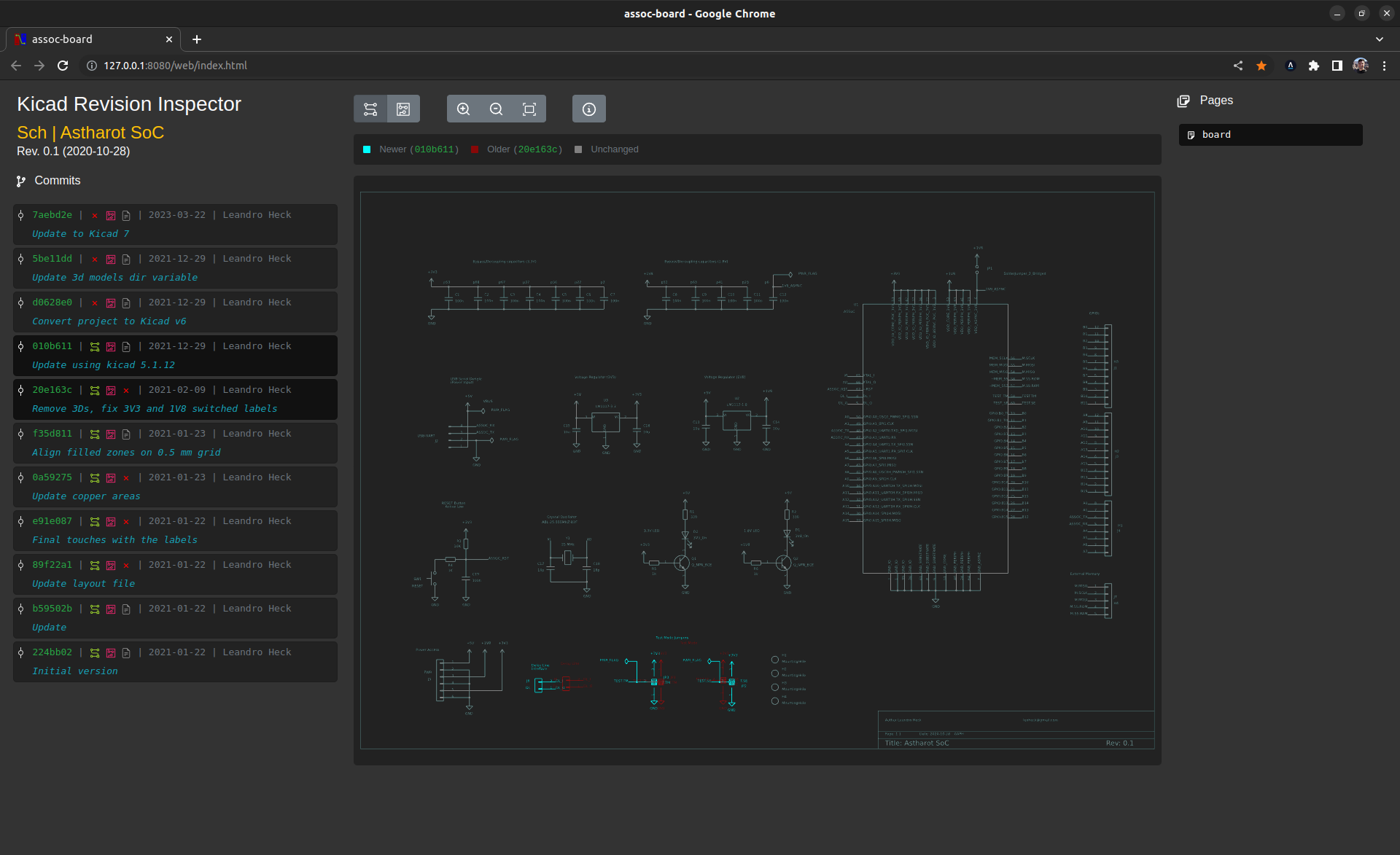The ferry Chelan will be sidelined for an undetermined amount of time after it ran aground Sunday night while heading from Orcas Island to Friday Harbor on San Juan Island.
Losing the Chelan means inter-island service between islands is gone until a replacement can be found, a frustrating prospect for residents who’ve battled spotty service for years. People can still move between islands and reach the mainland using the boat from Anacortes, but direct service will be less frequent.
The Chelan was on its last run of the night when it hit the shoreline in the narrow Wasp Passage around 9:40 p.m., said Ian Sterling, a spokesperson at Washington State Ferries. It will remain out of service, with no estimate for its return, while crews investigate and make repairs.
Sterling said it’s “more than likely” the boat will need to be towed to a dry dock for repairs, which likely stretches the timeline.
Four passengers and two cars were aboard the vessel. No one was hurt and all were taken safely to shore, Sterling said.
It’s not clear what caused the ferry to run aground; the weather was relatively calm, and high tide was an hour earlier. It could have been either human or mechanical error, Sterling said, but the agency won’t know which until an investigation is complete. The crew has been drug tested, as is standard after any such incident, and WSF is waiting on the results.
The Chelan sustained damage above the waterline — a small hole, which has been patched — as well as damage to the propeller, “which would be in line with what you’d expect if you hit the shoreline,” Sterling said.
It’s not clear which shipyard would handle dry dock repairs. Space is limited so it may come down to who has room for a ferry.
WSF and the Coast Guard are investigating, and divers were in the water Monday morning to inspect the ferry.
While the Chelan is idled, inter-island service is suspended, “and that’s a real hassle for folks who live up in the San Juan Islands, and we’re highly aware of that,” Sterling said.
WSF is working to bring in a replacement boat, but there is no estimated time for the route to resume. There is only one tie-up slip at Friday Harbor, so the replacement vessel can only be brought in once the Chelan is moved.
Sunday’s crash is the second grounding this year; the ferry Walla Walla lost power in April due to a fuel contamination issue and ran ashore on Bainbridge Island. Last summer, the ferry Cathlamet crashed into a cluster of pilings known as a dolphin near Fauntleroy in Seattle.
WSF’s fleet of 21 boats is widely viewed as needing significant upgrades. The state considers just nine of the boats in good shape, and the backlog of needed maintenance grew 30% between 2018 and 2022, with estimated costs rising from $209 million to $270 million. Three ferries, the Tilikum, Kaleetan and Yakima, are aging into their 50s and 60s and are due for retirement between now and 2027, but the state is spending tens of millions of dollars to keep them in working shape.
WSF’s long-range plan calls for 16 new hybrid-electric ferries by 2040. The agency has locked in state funding for five, the first of which was supposed to come into service in 2022. But negotiations with the chosen shipbuilder, Vigor, broke down, and the state has not yet found a replacement, pushing the timeline to at least 2027.
The Chelan was built in 1981, one of six Issaquah-class ferries. Those boats, put together by builder Marine Power & Equipment, struggled early with computer issues that gave them a reputation for being difficult to drive. Its sister ship, the Cathlamet, earned itself the nickname the “Can’t-Land-It” as a result. The builder went bankrupt shortly after rolling out the boats; it reemerged briefly as a worker-owned company before shuttering for good in 1993.
The Issaquah boats have since received several updates and have not experienced the same technical challenges. Initial reports on the Cathlamet’s recent crash in West Seattle blamed the captain.

